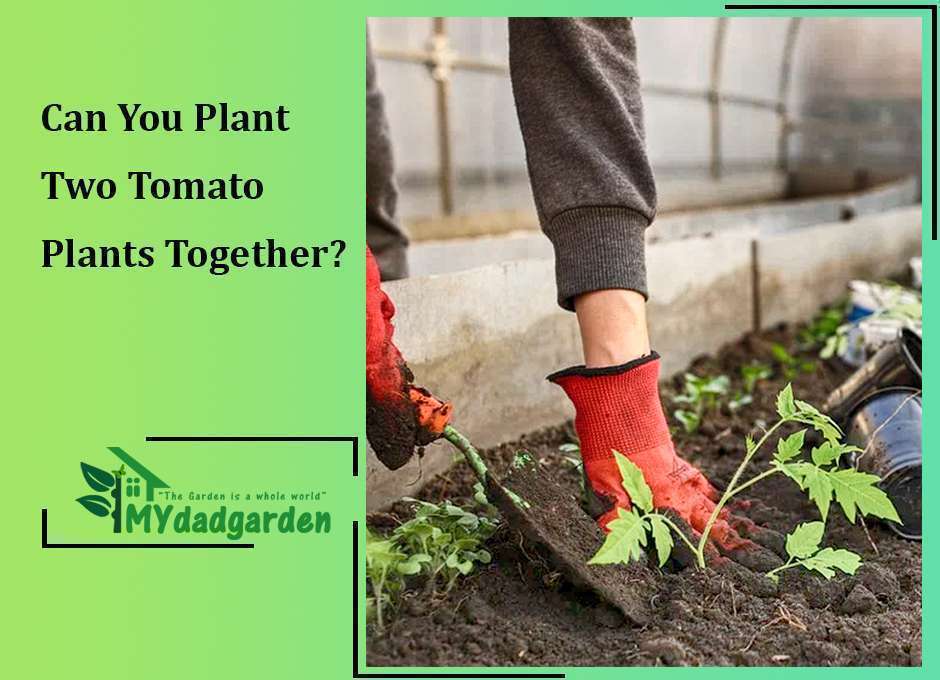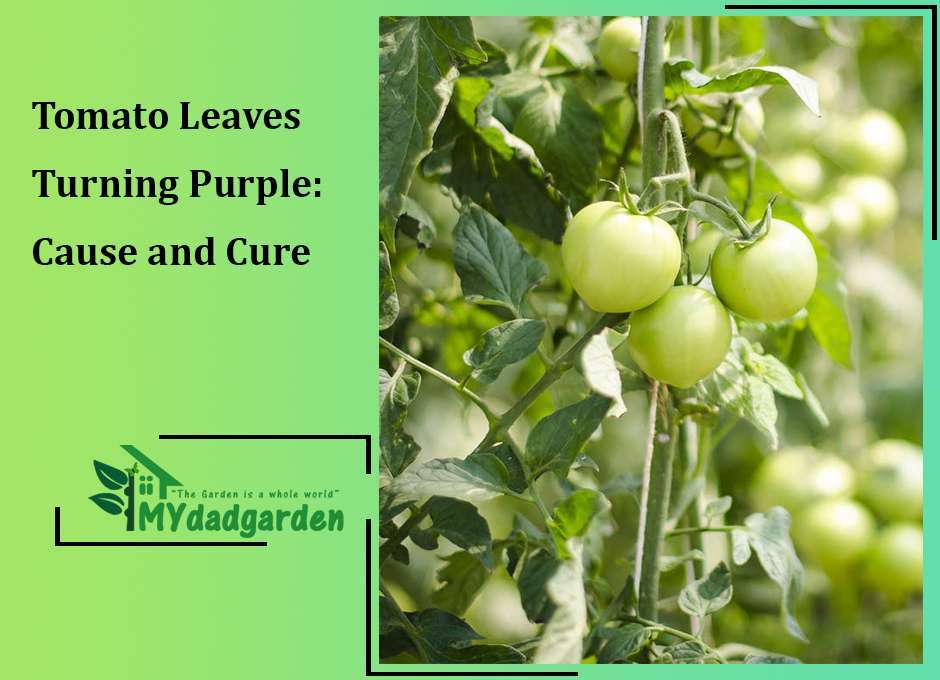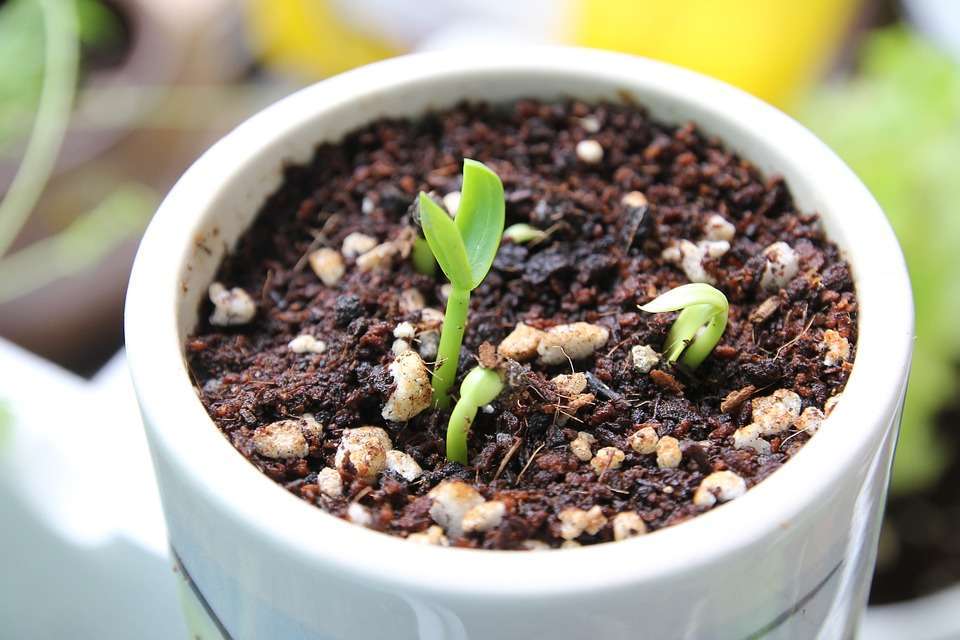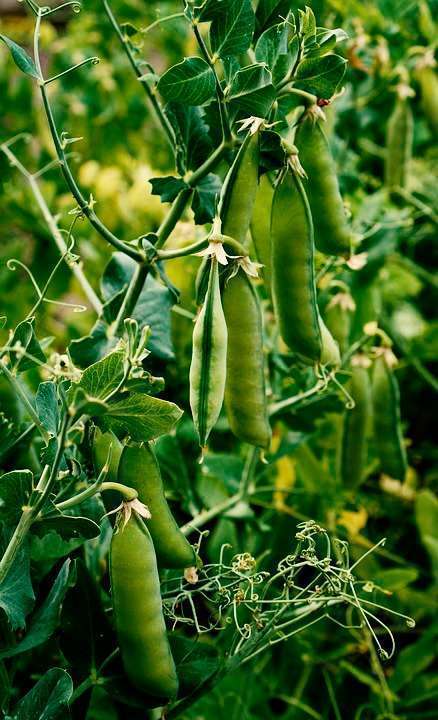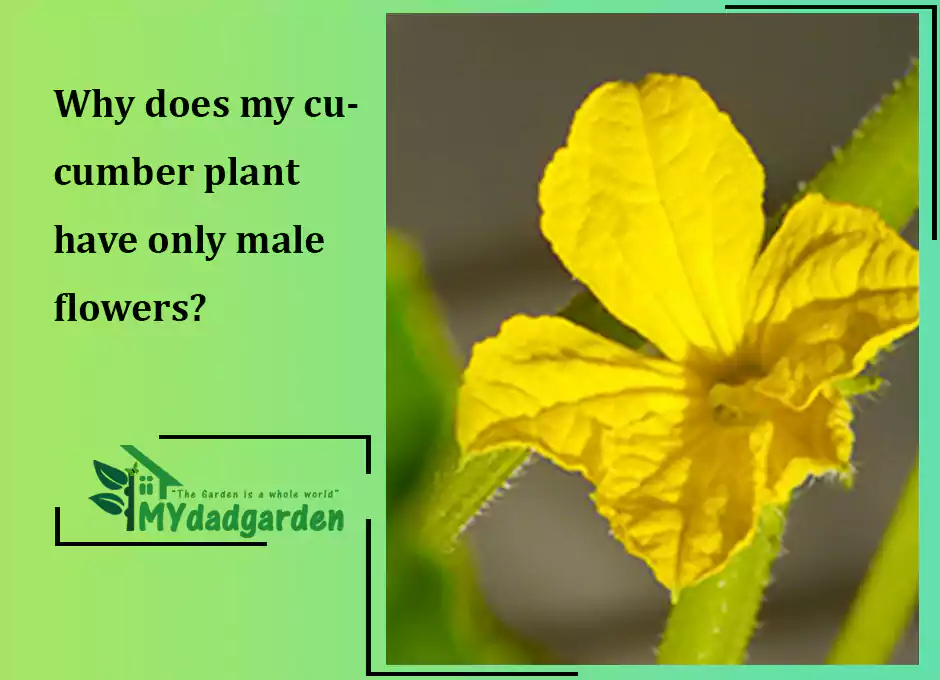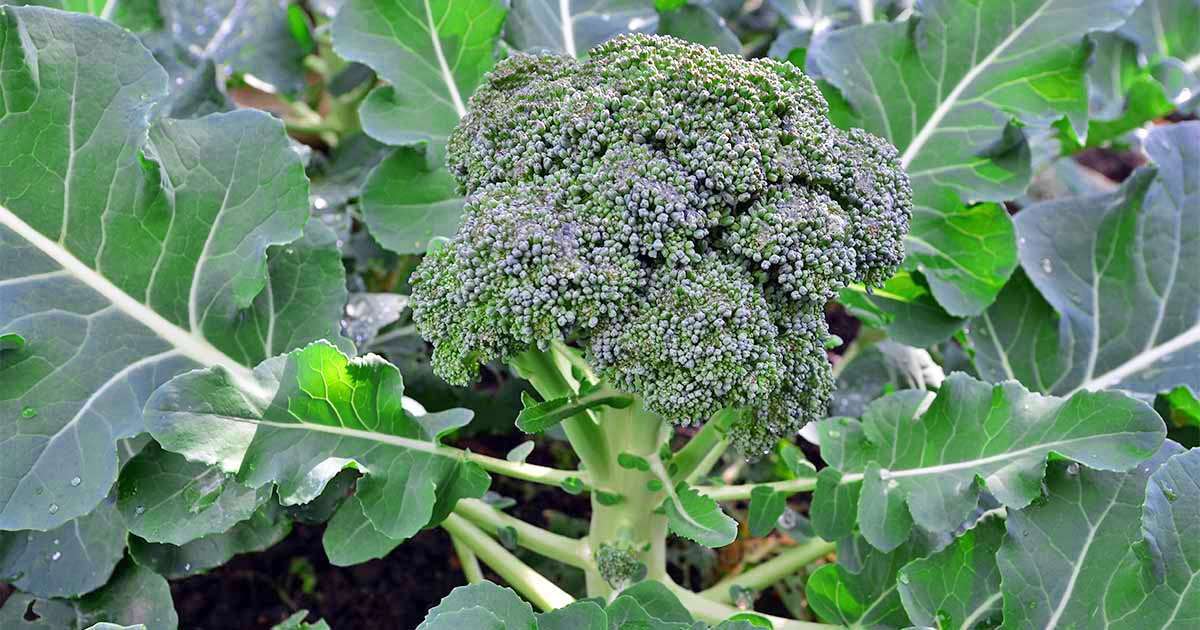Can You Plant Two Tomato Plants Together?
Tomatoes are a delicious and healthy addition to any garden, but many gardeners have questions about planting them. One common question is whether or not you can plant two tomato plants together.
The answer is yes – you can plant two tomato plants together, but there are some things you need to keep in mind. In this blog post, we will discuss the benefits of planting two tomato plants together and offer some tips on doing it successfully!
The spacing of two tomato plants depends on a few factors, like the type of tomato plant and the type of garden. For example, determinate tomato plants can be planted closer together than indeterminate tomato plants.
Table of Contents
Determinate tomato
When spacing tomato plants, bigger is better with indeterminate varieties. These plants can grow quite large, so they need plenty of room to spread out. Standard spacing for these plants is around 20 inches. If you have limited space, you can still plant them, but be sure to keep an eye on the size of the plants and prune them as needed to control

Benefits of Planting Two Tomato Plants In One Pot
One benefit of planting two tomato plants together is supporting each other as they grow. Tomato plants are notoriously top-heavy, and their stems can break under the weight of the fruit. Planting two tomatoes together will help to support each other’s stems, preventing this from happening.
Another benefit of planting two tomato plants together is that it will increase the overall yield of fruit. Two tomato plants will produce more tomatoes than one plant growing on its own. This is especially beneficial if you hope to can or preserve your tomatoes for later use.
Finally, planting two tomato plants together can help improve the fruit’s flavor. Tomatoes are grown close to each other, and the fruit will ripen more evenly. This will result in a tastier tomato than if you were to grow them on their own.
If you are looking for an easy way to increase your tomato yield this year, consider planting two plants together in one pot.

Risks of planting two tomato plants together
It is generally recommended to plant them one by themselves when planting tomatoes. This allows the plant to focus its energy on growing and producing fruit, rather than competing with another plant for resources. However, some risks are associated with planting two tomato plants together instead of one.
For example, if one of the plants becomes sick or dies, the other plant will likely become sick as well. This can be because the plants are sharing soil and sunlight and are not able to get enough nutrients or water.
Another risk of planting two tomato plants together may compete for space. The plants may grow tall and spindly rather than becoming full and bushy. This can result in smaller fruit or no fruit at all.
In conclusion, while planting two tomato plants together is not necessarily bad, some risks should be considered. It is always best to plant tomatoes one by one to ensure healthy and productive plants.
Should you plant two tomato plants together in the same pot or garden bed?
There are a few things to consider when planting tomatoes together.
One is that they will need support as they grow. So you will need to provide a tomato cage or stake for each plant.
Another is that they will compete for water and nutrients, so you will need to water and fertilize more often.
Last, tomato plants can cross-pollinate, so if you grow different varieties, they may not come out true to form.
However, two tomato plants will produce more fruit than one tomato plant. If you are willing to deal with the extra work, planting two tomato plants together can be a great way to maximize your harvest. But if you’re not up for it, that’s ok too.
So, it is up to you to decide if the extra work is worth it.

Vegetables you can plant with tomatoes
While tomatoes are typically thought of as a solo crop, several vegetables make great companions for them in the garden. Planting these complementary vegetables with your tomatoes can provide several benefits, including increased yields and improved pest and disease control.
The best vegetables to plant with tomatoes include basil, carrots, chives, onions, and peppers. Each of these plants has specific companion planting benefits that can help your tomato crop thrive.
Basil is a great herb to plant with tomatoes. Not only does it add flavor to your dishes, but it also helps repel harmful insects like whiteflies and aphids. Basil also improves the growth and flavor of tomatoes.
Carrots are a great root vegetable to plant with tomatoes. They help improve the soil structure and nutrient levels, which helps boost tomato yields.
Chives are another herb that makes a good companion for tomatoes. Like basil, chives repel harmful insects and help improve the growth and flavor of tomatoes.
Onions are another great vegetable to plant with tomatoes. They help repel harmful insects and improve the overall health of the tomato plant.
Peppers are also good companions for tomatoes. They help to improve the flavor of tomatoes and deter harmful insects.
So there you have it, a few of the best vegetables to plant with your tomatoes. You can enjoy increased yields and improved flavor in your tomatoes by companion planting. Give it a try this growing season!

FAQ
How many tomato plants can you plant together?
You can plant as many tomato plants together as you want, but It’s better to plant one tomato plant per pot.
How many tomato plants can I grow in a 4×4 raised bed?
You can grow about six tomato plants in a 4×4 raised bed. This will allow each plant to have about a foot of space. You can grow more plants, but they may not produce as much fruit.
What happens if you crowd tomato plants?
The closer together tomato plants are, the less light and water they will receive.
If you plant your tomatoes too close together, the result will be more of a succulent than a crispy, juicy slice of summer happiness we all love so much. Areas in contact with each other make it difficult for roots to grow deep enough to reach water or nutrients that could otherwise have been obtained from greater depths. Crowded plants also suffer from diseases like damping-off or early blight at higher frequencies due to spreading viruses and increasing insects.
Previous Article: The Right Watermelon Plant Spacing for a Thriving Garden

